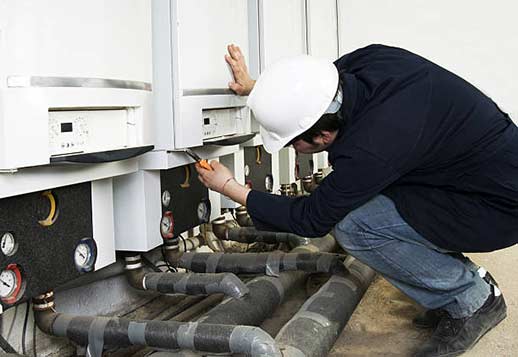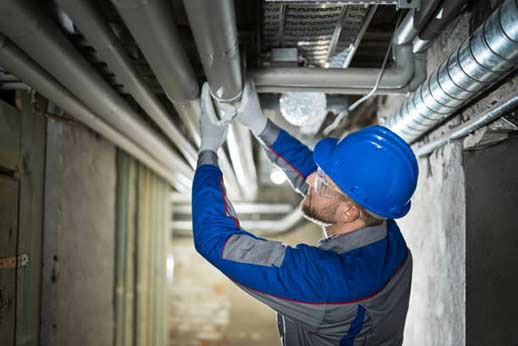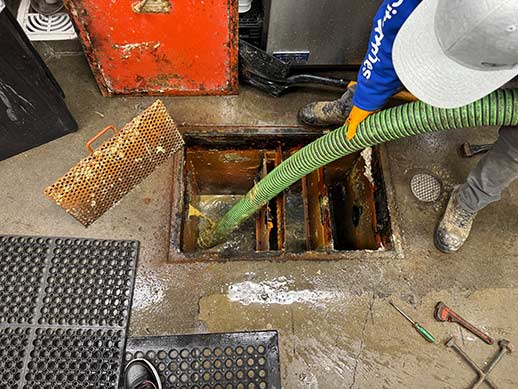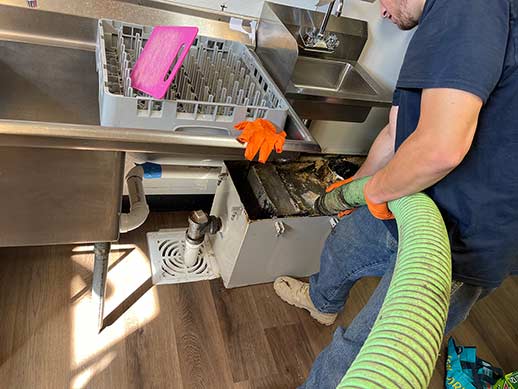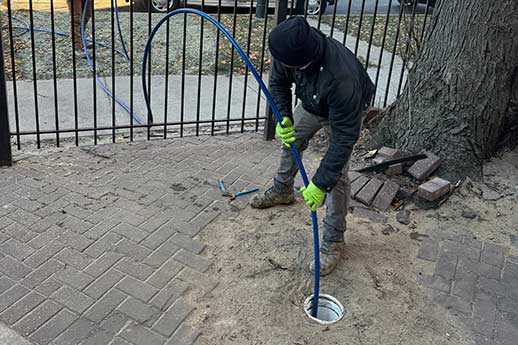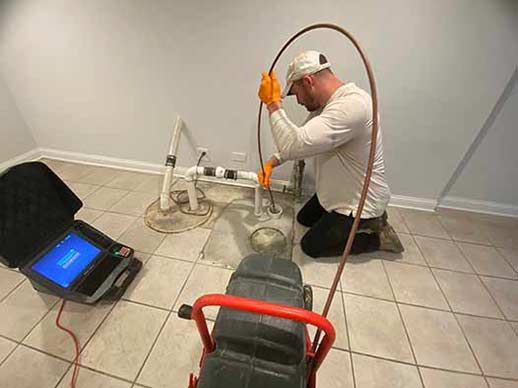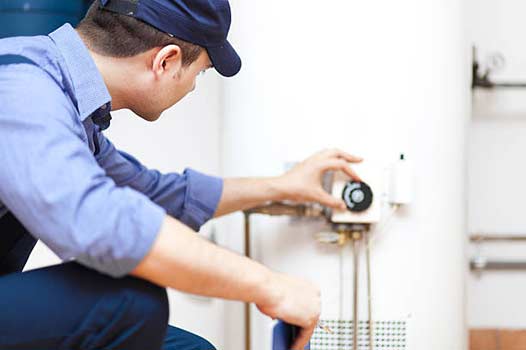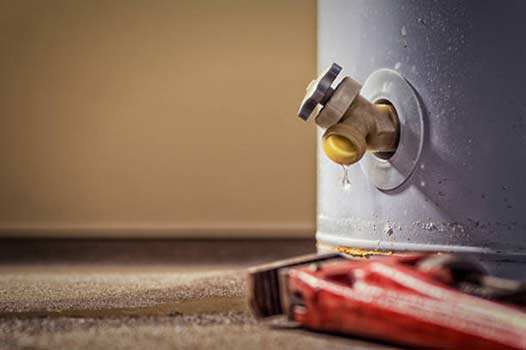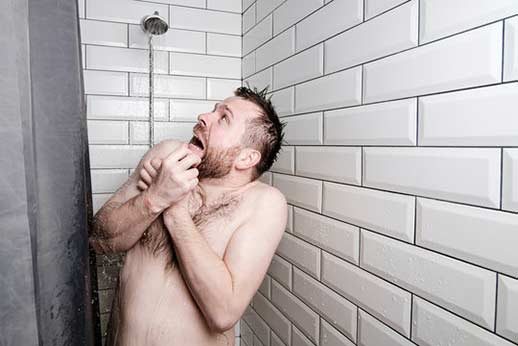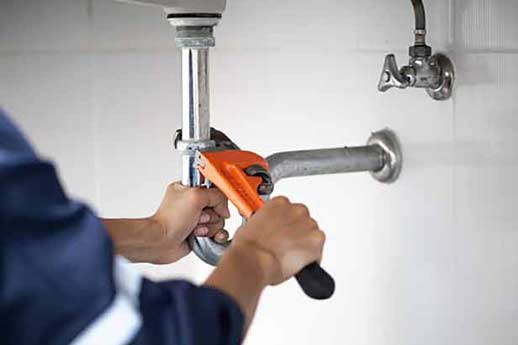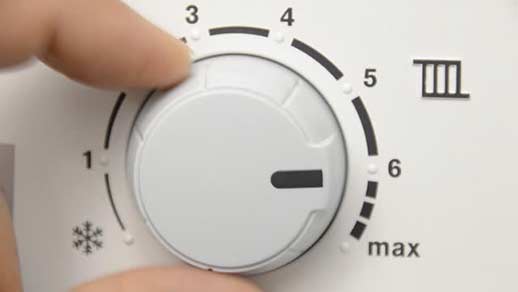Understanding Sewer Line Repair
If you are a homeowner or a business owner, you may have encountered issues with your sewer line at some point. A damaged or clogged sewer line can cause a lot of inconvenience and can lead to costly repairs. One common question that arises is: How long does a sewer line repair take? Here we will explore the factors that can influence the duration of a sewer line repair and provide some insights into the process.
The Importance of a Functional Sewer Line
Before we delve into the timeline of sewer line repairs, let us first understand the significance of a well-functioning sewer line. Your sewer line plays a crucial role in removing wastewater from your property and ensuring proper sanitation. It transports sewage from your home or business to the main sewer system or septic tank.
A damaged sewer line can result in various issues, such as foul odors, slow drains, sewage backups, and even property damage. It is essential to address sewer line problems promptly to prevent further complications.
Factors Affecting Sewer Line Repair Duration
1. Type of Damage
The type and extent of damage to your sewer line significantly impact the repair timeline. Some common types of sewer line damage include:
- Cracks or fractures
- Collapsed or bellied sections
- Root intrusions
- Corrosion or deterioration
- Blockages or clogs
Minor cracks or blockages can often be fixed relatively quickly, while extensive damage might require more time and effort to repair.
2. Repair Method
There are various methods for repairing sewer line issues, and the chosen method can influence the repair timeline. Some commonly used repair methods include:
- Trenchless sewer repair
- Traditional excavation repair
- Pipe relining
- Hydro jetting
Trenchless sewer repair methods are generally faster compared to traditional excavation, as they involve minimal digging. However, the suitability of this method depends on the specific situation and the recommendations of a professional.
3. Scope of the Problem
The extent of the sewer line problem plays a crucial role in determining the repair duration. If the issue is localized to a specific section of the sewer line, the repair process may be quicker. However, if the damage is widespread or if multiple repairs are needed, it can lengthen the overall repair time.
4. Access and Location
The accessibility and location of the sewer line can also impact the repair timeline. If the sewer line is easily accessible, the repair process can be completed more swiftly. However, if the line is located deep underground or in a hard-to-reach area, it may require additional time and effort to fix.
5. Permits and Approvals
In some cases, obtaining necessary permits and approvals can prolong the sewer line repair process. Depending on local regulations and the complexity of the repair, it may take time to secure the required permits. It is crucial to factor in any potential delays due to this bureaucratic process.
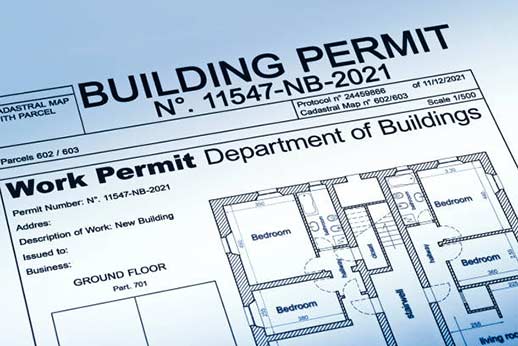
If permits are required for the repair work, the plumber will need to secure them from the relevant authorities. The permit acquisition process can take anywhere from one to two weeks, depending on local regulations.
The Typical Timeline for Sewer Line Repair
While the duration of sewer line repairs can vary based on the factors mentioned above, we can provide a general timeline to help you understand what to expect. Please note that this timeline is just a rough estimate and actual repair times can differ.
1. Evaluation and Diagnosis (1-2 days)
When you notice issues with your sewer line, the first step is to contact a professional plumber or sewer line specialist. They will inspect your sewer line using a camera and perform a thorough evaluation to diagnose the problem. This evaluation typically takes one to two days.
2. Repair Plan and Cost Estimation (1-3 days)
Once the evaluation is complete, the plumber will develop a repair plan and provide you with an estimated cost for the work. This process can take one to three days, depending on the complexity of the issue and the availability of the plumber.
3. Obtaining Permits (1-2 weeks)
If permits are required for the repair work, the plumber will need to secure them from the relevant authorities. The permit acquisition process can take anywhere from one to two weeks, depending on local regulations.
4. Repair Execution (1-5 days)
Once the permits are obtained, the actual repair work can begin. The duration of the repair execution depends on the type of damage, the repair method, and the size of the sewer line. Minor repairs may be completed in as little as one day, while more extensive repairs can take up to five days.
5. Clean-up and Restoration (1-2 days)
After the repair is complete, the plumber will ensure that the work area is cleaned up and restored to its original condition. This process typically takes one to two days, although it can vary based on the extent of the repair work.
In Conclusion
When it comes to sewer line repairs, the duration can vary depending on several factors, including the type of damage, the repair method, the scope of the problem, accessibility, permits, and approvals. While it is challenging to provide an exact timeline, it is essential to address sewer line issues promptly to prevent further damage and inconvenience.
If you are experiencing problems with your sewer line, we recommend contacting a professional plumber or sewer line specialist to evaluate the situation and provide appropriate solutions. They will be able to provide a more accurate timeline and guide you through the repair process.
Remember, a well-maintained sewer line is vital for the proper function and sanitation of your property. Investing in timely repairs and regular maintenance can save you from costly repairs and potential health hazards in the long run.



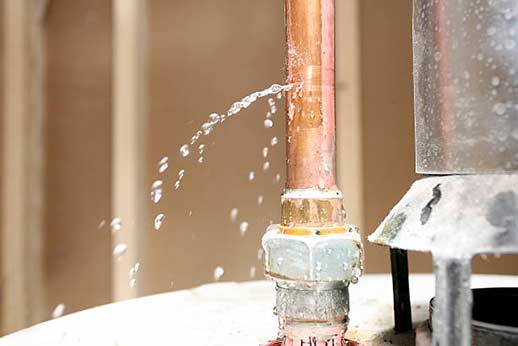 `
`